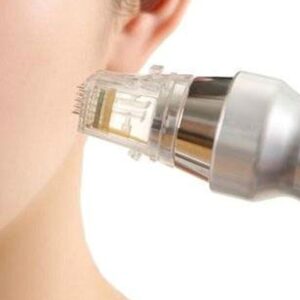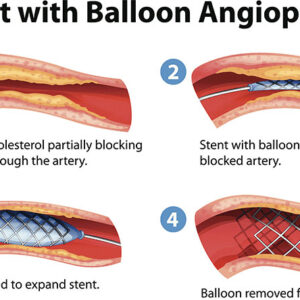Description
Familiarity with Treatment
Implant-supported bridges are a dental restoration option for individuals who have multiple missing teeth in a row. They consist of artificial teeth composed of a titanium root and a porcelain crown. The titanium root is inserted into the jawbone, providing a secure foundation for the bridge. Once healed, the dentist attaches the crown over the top, creating a natural-looking and functional replacement for the missing teeth.
Who is it Suitable for?
Implant-supported bridges are recommended for patients with several missing teeth in a row. They are designed to restore the appearance and functionality of the teeth, preventing the shifting of remaining teeth and maintaining proper chewing function. These bridges involve supporting one or more crowns on at least two anchor points, typically two titanium roots in the mouth, although more anchor points may be required in some cases.
Who is it Not Suitable for?
Implant-supported bridges may not be suitable for individuals with insufficient jawbone density to support the implants. Additionally, individuals with certain medical conditions or habits that can impair healing, such as uncontrolled diabetes, heavy smoking, or alcohol abuse, may not be suitable candidates for this procedure.
Advantages
- Restores the appearance and function of multiple missing teeth, improving chewing ability and speech.
- Prevents the shifting of remaining teeth and maintains proper dental alignment.
- Offers a long-lasting solution that, with proper care, could last the rest of the patient’s life.
Complications
- Infection: Infection at the implant site can occur, although it is relatively rare. Proper oral hygiene and regular dental check-ups can help minimize the risk of infection.
- Implant Failure: While implant success rates are generally high, there is a small risk of implant failure. Factors that can contribute to implant failure include poor oral hygiene, smoking, certain medical conditions, and inadequate bone support.
- Nerve Damage: In rare cases, nerve damage can occur during the implant placement procedure, leading to numbness or tingling in the lips, tongue, or chin. This is usually temporary but can be permanent in rare instances.
Preoperative Care
Before undergoing implant-supported bridge placement, a comprehensive evaluation is performed by a dental professional. This may include a review of the patient’s medical history, dental examination, and imaging techniques (such as X-rays or CT scans) to assess the jawbone density and overall oral health. Preoperative care may also involve discussing the treatment plan, potential risks, and expected outcomes with the dental professional.
Postoperative Care
After implant-supported bridge placement, postoperative care may involve managing pain and discomfort, as well as following specific instructions provided by the dental professional. This may include taking prescribed medications, practicing good oral hygiene, and attending follow-up appointments to monitor the healing process. It is important to maintain regular dental check-ups and practice proper oral hygiene to ensure the long-term success of the implant-supported bridge.





Reviews
There are no reviews yet.